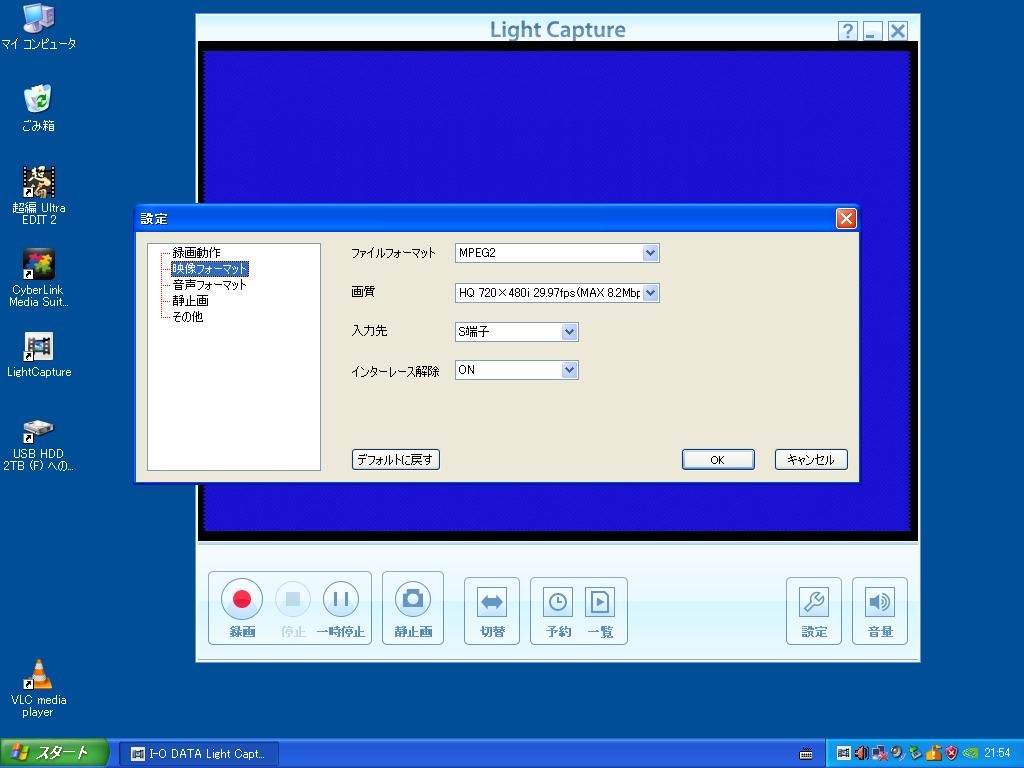

Past versions of MailTags required each message to rewrite its full contents to the IMAP server when saving tags. For larger messages, this needed significant time and bandwidth. Because tag data was stored inside each message, MailTags had to do a lot of work behind the scenes to ensure that tags remain intact between different actions (such as rules application, moving messages, rebuilding accounts) Now tag data are separate records which are associated with each message, it is much simpler and more reliable to store and sync data and the original messages are not altered.īuild future products. Changing the tagging mechanism is essential for our future directions including being able to work with tag data on other platforms such as iOS. There are a few implications of this change in tag format: We plan to communicate more about this soon. To sync tag data, we need to employ a separate server managed by SmallCubed. Privacy and security are critical to us, and we strongly feel that no service should have access to email accounts or content. We have designed our service with this in mind, and no content from original emails is stored on our servers. For each message we store two pieces of information: a unique key for the message generated from a “one-way hash” of specific message header information, and the encrypted tag data for the message. For more information check our security documentation. The new tag format is NOT compatible with older versions of MailTags. If you work with tag data in SmallCubed MailSuite, computers with MailTags versions 2-5 will not work with this new format. We are planning to make SmallCubed MailSuite compatible with OS versions going back to 10.12 to accommodate mixed OS environments.

For example, if the annual cost of measuring soil carbon was greater than US$1.19 ha−1 it would not be economical to account for this pool in a carbon-sequestration project.We will steer you through importing tag data from the older format. It was also shown that the carbon pools included in a carbon-trading scheme were sensitive to carbon-measuring costs.

Carbon-sequestration payments encouraged landholders to adopt less intensive practices since net revenues were higher with carbon payments.

Profits were maximised by pruning and harvesting as much biomass as possible when no carbon payments were available, but this strategy decreased system productivity and profitability in the long run. It was found that the system was profitable under most management regimes tested. The assessment was based on the system’s ability to sequester and store carbon, maintain land productivity, and be financially profitable for landholders. The performance of a Gliricidia sepium woodlot, grown over 25 years and under various pruning and harvesting regimes, was assessed through modelling.
LIGHTCAPTURE 1.0.3 SERIES
This study is the first of a series aimed at assessing the appropriateness of tree-based land-use systems as alternatives to continuous cropping and/or Imperata-fallow systems. Under the Clean Development Mechanism of the Kyoto Protocol, landholders may receive payments for the carbon-sequestration services provided. Trees also increase the average carbon stocks of land-use systems. Trees provide many environmental services including improved soil fertility and soil structure, which often leads to increased productivity and sustainability of the land.


 0 kommentar(er)
0 kommentar(er)
